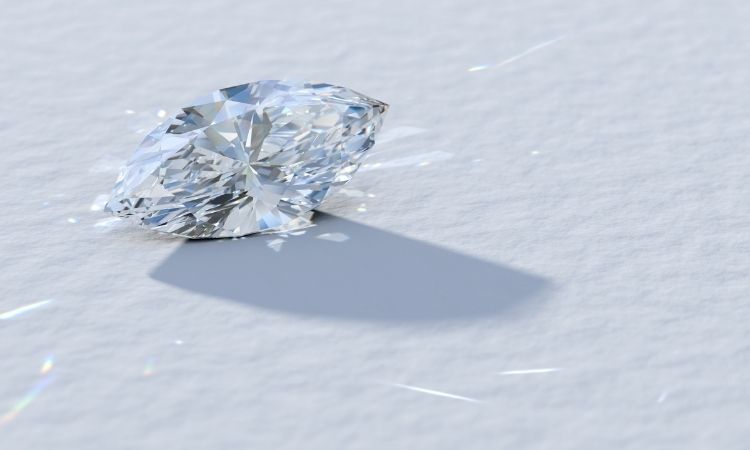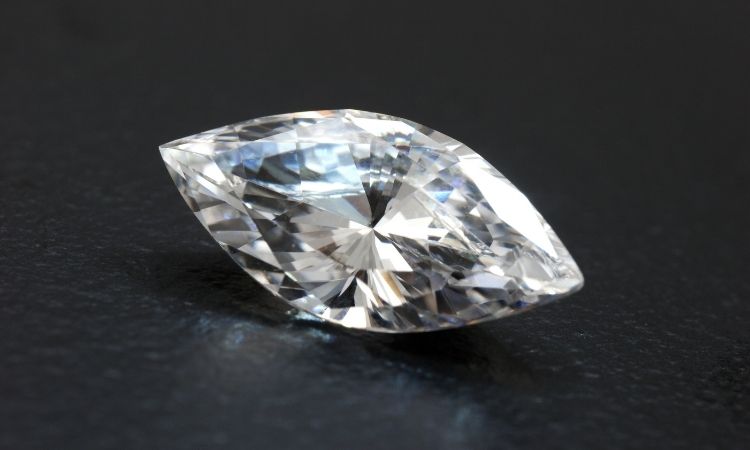Spinel vs Ruby: Why They’re Mistaken & Jewelry Impact
Why is Spinel Often Mistaken for Ruby – and What Does It Mean for Your Jewelry Collection?
When you think of vibrant red gemstones, ruby is probably the first that comes to mind. But what if we told you that some of the world’s most famous ‘rubies’ are actually another, equally beautiful gem called spinel? For centuries, spinel has been mistaken for ruby by royalty, collectors, and even seasoned jewelers. So, what makes these two stones so similar, and what does it mean for anyone looking to invest in fine jewelry?
The Close Connection Between Spinel and Ruby
Spinel and ruby share a fascinating geological and historical relationship. Both gems form under similar conditions and are often found side by side in the same marble host rock, particularly in regions like Myanmar and Sri Lanka. This natural partnership is the first reason why confusion arises between these two gemstones.
- Similar Origins: Both spinel and ruby are found in metamorphic rocks, often growing together during formation.
- Historic Mix-ups: Many legendary rubies, such as the famous Black Prince’s Ruby in the British Crown Jewels, have been identified as spinel through modern gemological testing.
Why Spinel Looks Like Ruby
On the surface, spinel and ruby are nearly indistinguishable to the naked eye, especially when it comes to red varieties. Here’s why:
- Red Hues: The vivid red color in both gems is due to traces of chromium in their crystal structure.
- Brilliance: Spinel actually has a higher refractive index than ruby, which means it often sparkles more brilliantly.
- Clarity: Spinel typically contains fewer inclusions than ruby, making spinel stones clearer and more appealing to some buyers.
Despite these similarities, gemologists can tell them apart using scientific tools and methods. For example, spinel is isometric and does not exhibit double refraction, while ruby (a variety of corundum) does. This difference is crucial for accurate gemstone classification and valuation.
How to Distinguish Spinel from Ruby
While both gems look similar, there are ways to tell them apart—especially if you’re considering a significant jewelry investment:
- Refractive Properties: Spinel is isometric, meaning it has the same optical properties in all directions. Ruby, on the other hand, is uniaxial and shows double refraction.
- Color Range: Ruby is always red, ranging from pinkish to purplish hues. Spinel, while famous for red, is also available in blue, pink, purple, and even black.
- Price: Spinel is often much more affordable than ruby, especially for stones with similar color and clarity.
- Inclusions: High-quality spinel usually has fewer inclusions than ruby, making it appear cleaner to the eye.
Quick Table: Ruby vs. Spinel
| Property | Ruby | Spinel |
|---|---|---|
| Mineral family | Corundum | Spinel |
| Color | Primarily red | Red, pink, blue, black, more |
| Refractive index | 1.76–1.77 | 1.718 |
| Double refraction | Yes | No |
| Hardness (Mohs) | 9 | 8 |
| Typical inclusions | Common | Rare |
| Price | High | Moderate |
The Fascinating History of Spinel as the 'Great Imposter'
For centuries, spinel’s striking resemblance to ruby led to many misidentifications. Before the advent of modern gemological equipment, the two stones were virtually indistinguishable. In fact, several of the world’s most renowned ‘rubies’ are now confirmed to be spinels, such as:
- The Black Prince’s Ruby (British Crown Jewels)
- The Timur Ruby (British Crown Jewels)
Owning spinel jewelry carries with it a unique backstory: you’re wearing a gem that once fooled kings, queens, and adventurers alike!
Spinel in Modern Jewelry: Advantages and Opportunities
Spinel isn’t just an imposter—it’s a gemstone with its own exceptional qualities, making it an excellent choice for contemporary jewelry collections. Here’s why:
- Affordability: Spinel offers remarkable value, allowing you to acquire larger and more vibrant stones at a fraction of ruby’s price.
- Durability: With a rating of 8 on the Mohs scale, spinel is tough enough for daily wear, making it suitable for rings, necklaces, and bracelets.
- Color Options: Unlike ruby, spinel comes in a wide array of colors, including blue, pink, purple, and black. This versatility opens up endless design possibilities.
- Clarity and Brilliance: Spinel’s higher refractive index and fewer inclusions mean enhanced sparkle and clearer stones.
- Styling Flexibility: Spinel can be set in any metal—yellow gold, white gold, platinum, or rose gold—making it a versatile choice for custom jewelry designs.

marquise diamond
Spinel vs Ruby: What Does It Mean for Your Jewelry Collection?
If you’re looking to expand or start your jewelry collection, understanding the differences between spinel and ruby can help you make informed, confident choices. Here’s what it means for you as a buyer or collector:
1. Value and Investment
- Spinel: Offers excellent value for money, with the potential for size, color quality, and clarity that could be cost-prohibitive in ruby.
- Ruby: Remains a classic investment stone, but high-quality specimens come at a significant premium.
2. Design Flexibility
- Spinel: Its color range and affordability make it ideal for bold, creative jewelry designs.
- Ruby: Best for those seeking classic red elegance, though options are more limited in color and size (within budget).
3. Everyday Wearability
- Both stones are durable enough for everyday use, but spinel’s lower price makes it a less stressful choice for daily-wear pieces.
4. The Story Behind the Stone
- Owning spinel lets you share a unique story about the gem’s royal past and its role as the ‘great imposter’—an intriguing conversation starter!
Frequently Asked Questions About Spinel and Ruby
Is spinel a good alternative to ruby for engagement rings?
Absolutely. Spinel’s durability, brilliance, and affordability make it an excellent and practical choice for engagement rings, especially for those seeking vibrant color and excellent value.
How can I be sure if my gemstone is a spinel or a ruby?
The most reliable way is through professional gemological testing, which examines optical properties like refractive index and double refraction. Always buy from reputable sellers who provide certification.
Are spinels considered valuable?
High-quality spinels, especially those with vivid red color and excellent clarity, are increasingly sought after and gaining value in the gemstone market.
Can spinel be used in all types of jewelry?
Yes! With a hardness of 8 on the Mohs scale, spinel is suitable for rings, necklaces, earrings, and bracelets—providing beauty and resilience for daily wear.

black sapphire gemstone natural
Conclusion: Should You Choose Spinel or Ruby?
Both spinel and ruby are stunning additions to any jewelry collection. If you love dazzling color, sparkling clarity, and a unique historical story, spinel is a gemstone worth serious consideration. As the 'great imposter,' spinel offers the beauty of ruby at a more approachable price, with its own charm and versatility. For those who prize tradition and prestige, ruby remains the ultimate red gemstone. Either way, understanding their differences empowers you to choose a piece of jewelry that fits your style, budget, and story.
Ready to explore the world of vibrant gemstones? Whether you’re shopping for ruby or discovering the brilliance of spinel, take time to appreciate the unique journey each stone brings to your collection.




Comments (0)
Write your review